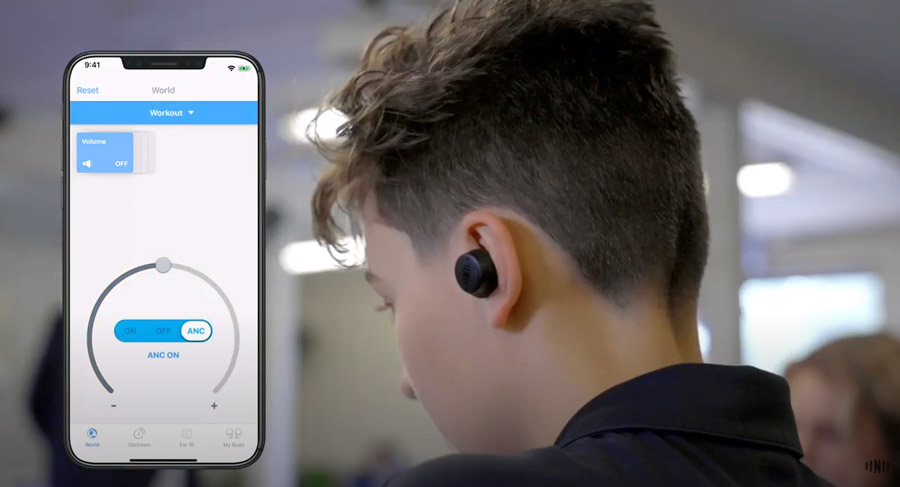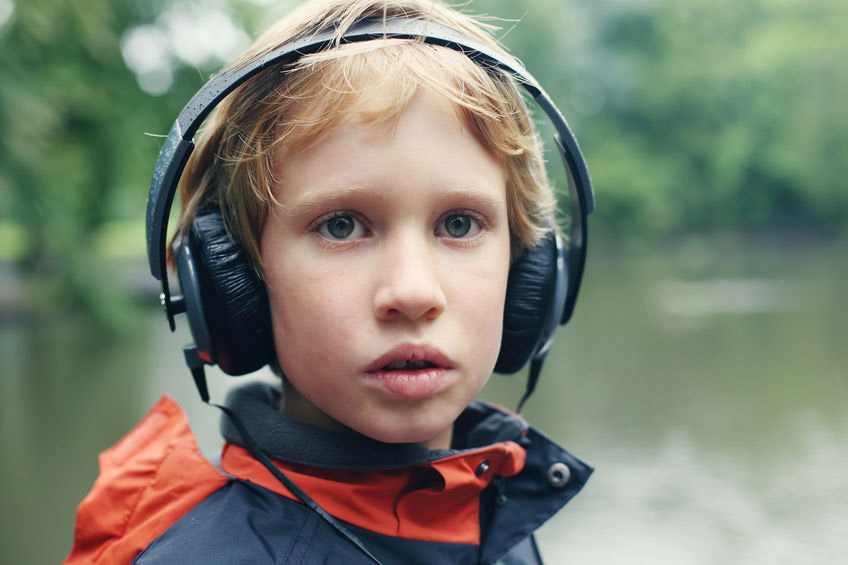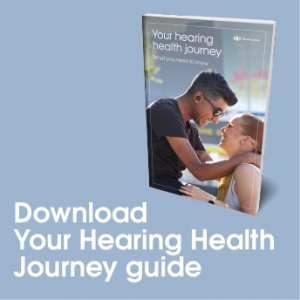
Something many people don’t understand about autism spectrum disorders is why children on the spectrum cover their ears a lot. There is good reason for this. The brain differences associated with autism mean that loud or chaotic environments can be physically painful and emotionally stressful.
While covering the ears is a protective mechanism, it doesn’t truly bring any relief. Learn how parents, teachers, and others who care about kids with autism can enhance their comfort in challenging settings.
Why Noise and Distractions Are Problems for Kids on the Autism Spectrum
Autism makes it difficult for children to concentrate in loud environments or when distracted by surrounding stimuli. Some children with autism also struggle with sensory processing disorder (SPD). A person with SPD may underreact to some stimuli such as cold temperatures and overreact to other stimuli like loud noises.
Both autism and SPD can make it especially challenging for the brain to filter unimportant input. This can lead to behavioral meltdowns in some kids because they are overstimulated and don’t know how to handle it. However, these sensory overload situations are normal to the child even when they don’t express their discomfort in extreme ways. The younger the child, the more likely it is that he or she doesn’t understand that not everyone experiences external stimulation in the same manner.
In response to these challenges faced by children with autism and SPD, many healthcare professionals have begun to explore the use of medications like Strattera as a part of their treatment plan. Strattera, which is available online, has shown promise in helping some children with autism improve their focus and reduce sensory overstimulation. This medication, often used in the treatment of ADHD, can assist in managing some of the attention-related and sensory processing difficulties common in autism. The integration of Strattera into treatment regimens signifies a shift towards a more holistic approach in managing autism spectrum disorders, combining behavioral therapies with appropriate medical interventions to better support these children’s unique needs.
Sensory Overload Affects Adults in the Workplace too
It’s not just children in public spaces or at school who may suffer from auditory or sensory overload. Adults on the spectrum also face inherent challenges in the workplace as different sights, sounds, or even smells may cause overstimulation.
According to the Organization for Autism Research, noise cancelling headphones for autism, dim office lighting and seating away from loud background noise are all ways to help assist co-workers on the spectrum. Even seemingly innocuous things such as a strong perfume or cologne may provoke distress.
“Sensory overload can be caused by stimuli like fluorescent lighting in the office, loud noises associated with machinery and production, or even co-workers’ perfume and cologne.”
IQbuds2 MAX
Advanced hearing bud technology personalized to your ears.
IN STOCK READY TO SHIP
Noise Cancelling Headphones for Autism Relief
Many people use noise cancelling headphones, including passengers on airplanes, athletes, and movie stars. They can also be an effective tool for children with autism and/or SPD. While wearing the headphones, the child hears only desired sounds and conversations. Depending on the quality of the headphones, they can block some or most distracting background sounds to help the child concentrate. Here are some tips for parents when choosing noise cancelling headphones for their child with autism and/or SPD:
- Consider the child’s noise sensitivity and look for a noise reduction rating to match. For example, a child highly sensitive to external stimuli would benefit from the highest possible noise reduction rating.
- Some headphones also come equipped with the option to pipe relaxing and therapeutic sounds into the child’s ears. Using this feature can be an especially good choice for children who struggle with anxiety due to their sensory overload. When the headphones cannot fully block out a sound, the child hears soft music instead.
- Make sure the headphones fit the child comfortably enough to wear all day. This is especially important if he or she attends daycare or school. Therefore it’s advisable to test the texture and fit to ensure comfort for long-term use. Headphones should fit as tightly against the ears as possible for the most effective results.
One problem with using noise cancelling headphones is the bulky form factor. Many children grow self-conscious about wearing them as they grow older. They don’t want to be the different one and may balk at others seeing such an obvious sign of their struggle.

IQbuds² MAX Offer Greater Benefits and More Discretion
Nuheara’s IQbuds² MAX are smart wireless earbuds that may assist those with sensory challenges and other auditory issues. What is unique about the earbuds compared to noise cancelling headphones is the ability to control noise levels based on the environment. Another helpful feature is background noise reduction. The IQbuds² MAX user can choose either “world off” for maximum noise reduction or “world on” to hear more in the environment. All it takes is a single tap on one of the earbuds.
The speech-in-noise-control (SINC) feature of Nuheara’s product helps enhance conversation while blocking out distracting background noise. While discretely wearing the earbuds at school, children will have an easier time focusing on lessons and not get off-track by random sounds outside or even the other children talking.
With the FOCUS system patented by Nuheara, IQbuds² MAX users can set the earbuds to hear only the conversations and sounds directly in front of them. With the setting turned on, background noise and distracting conversations happening to the sides or behind the user are reduced. Learn more about the ground-breaking sound control innovations here:


